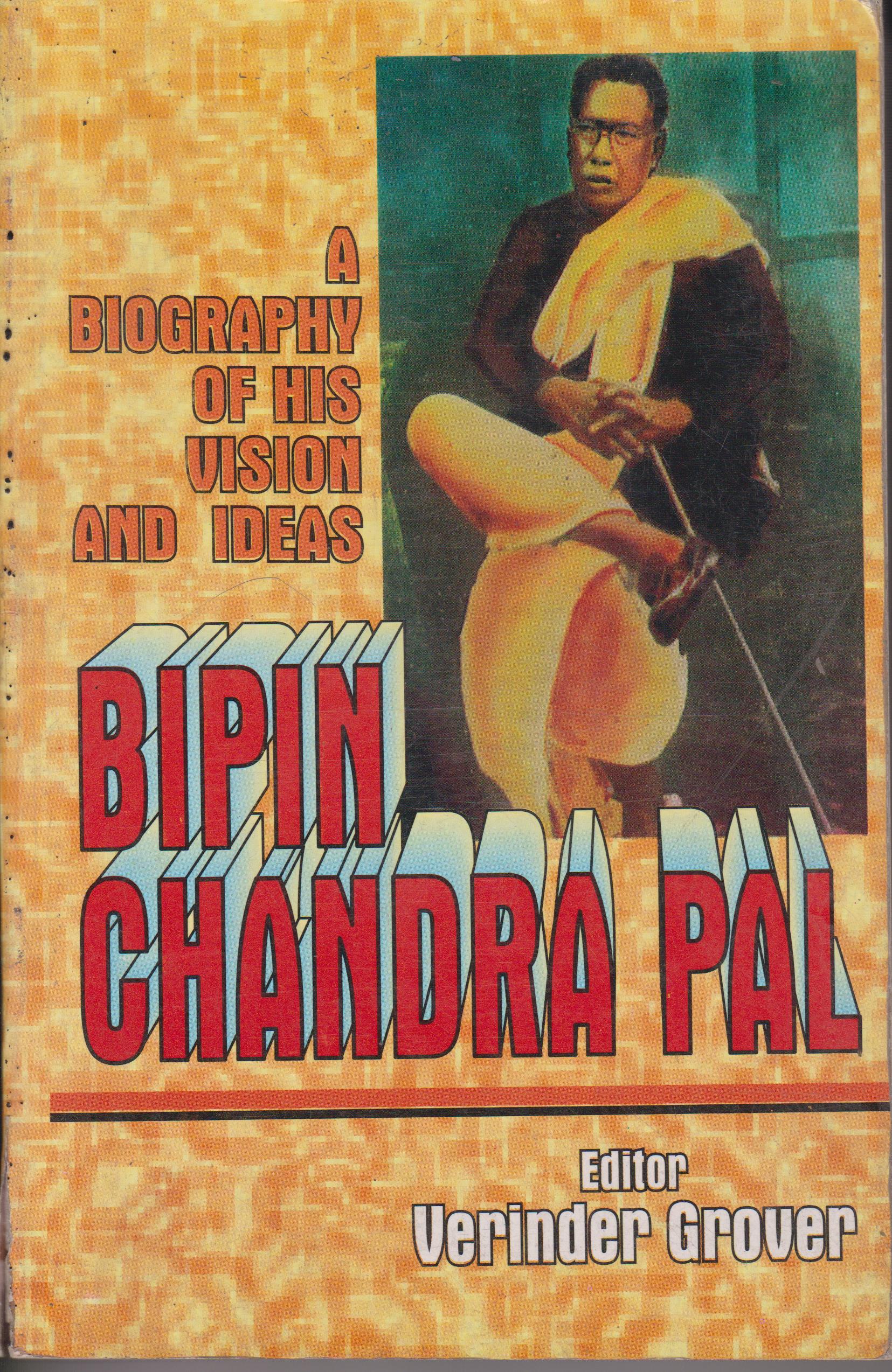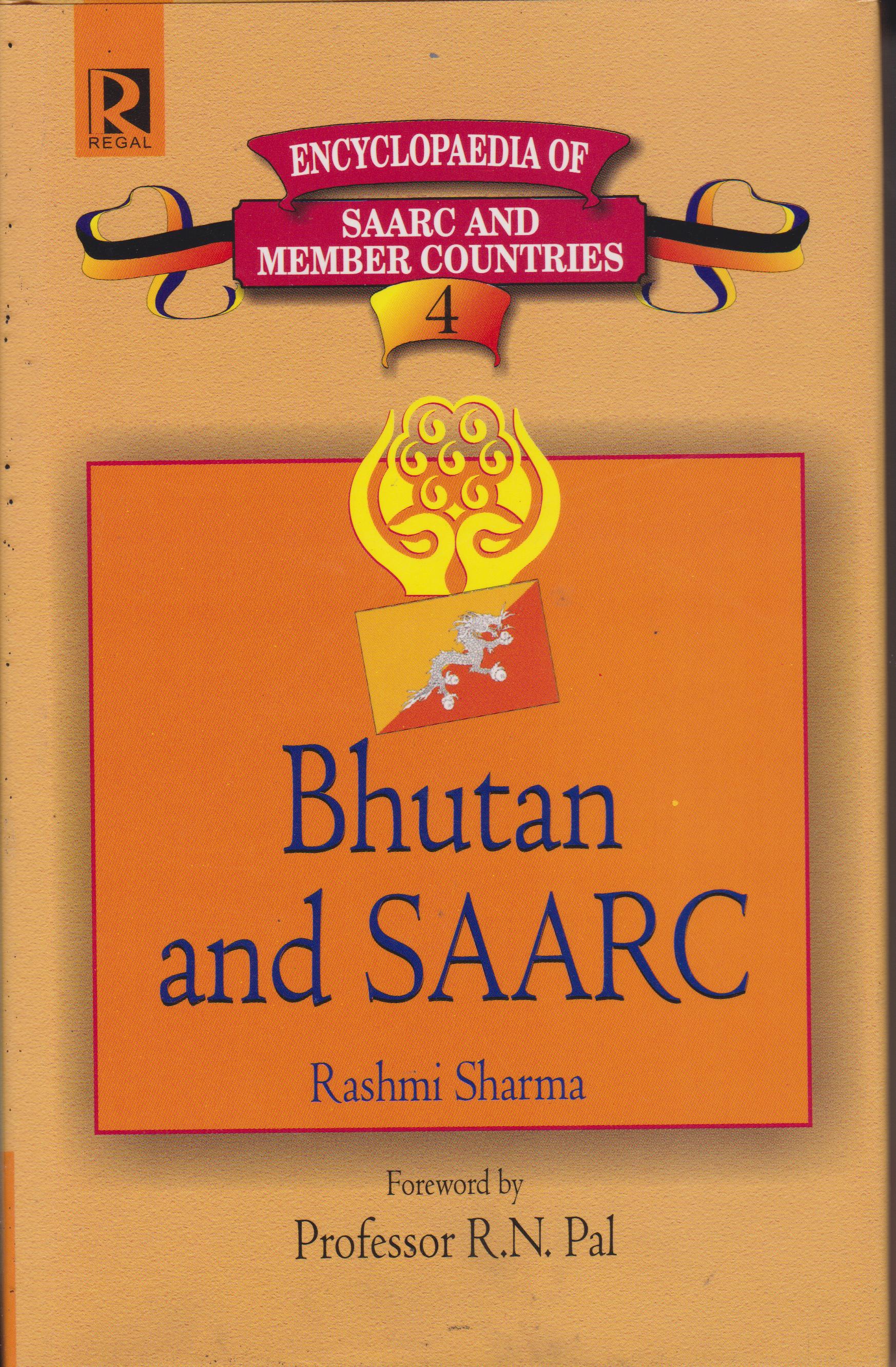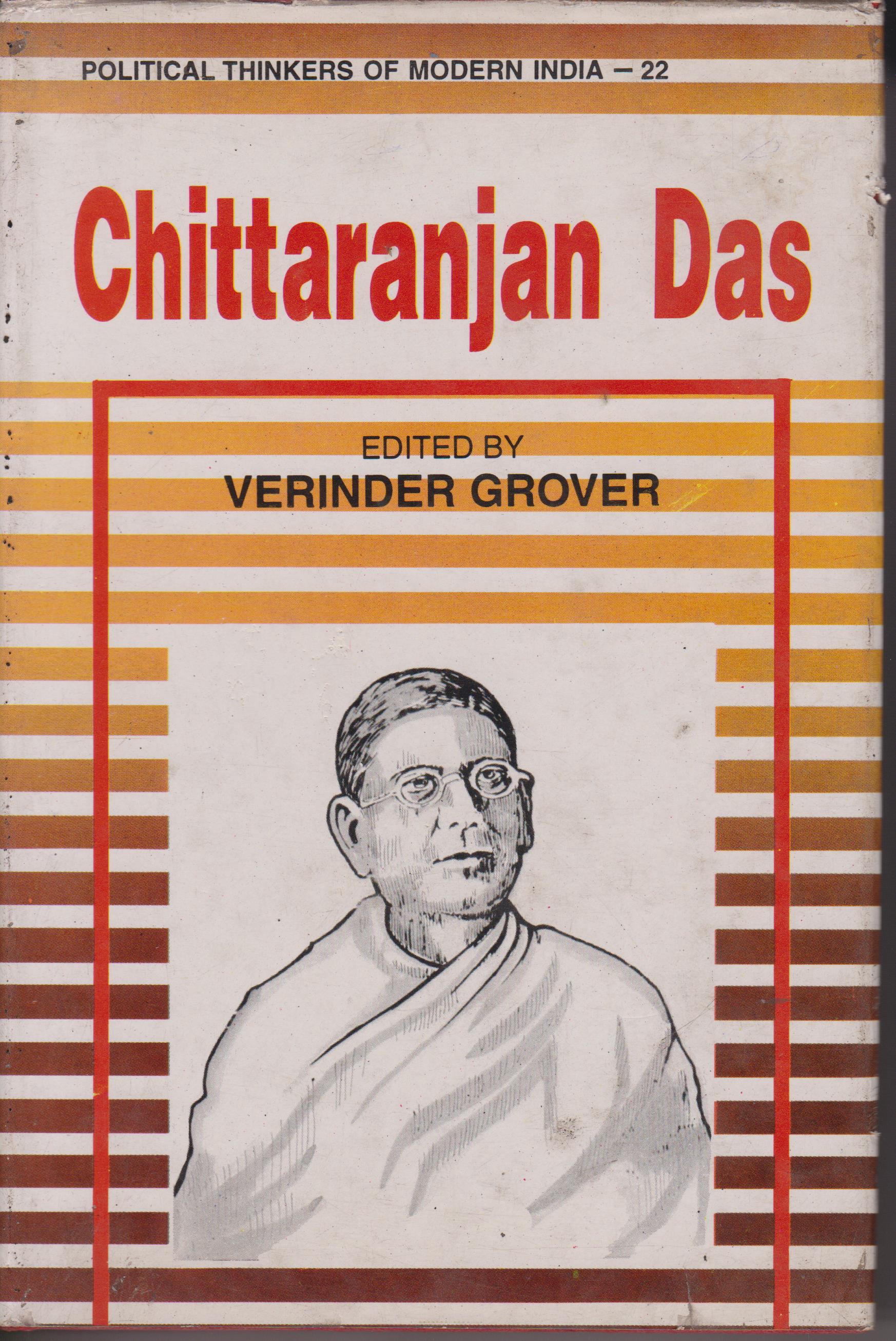Description
Bipin Chandra Pal: A Biography of His Vision and Ideas by Verinder Grover is a comprehensive exploration of the life and ideals of one of India’s prominent freedom fighters and social reformers, Bipin Chandra Pal. Verinder Grover, a noted historian and scholar, delves deep into the life and philosophy of Bipin Chandra Pal, providing readers with an in-depth understanding of his vision and ideas that shaped India’s struggle for independence. This biography serves as a valuable resource for anyone interested in learning about the life of this influential figure in the Indian independence movement.
In this book, Grover presents a meticulously researched account of Bipin Chandra Pal’s journey from a young journalist to a prominent leader advocating for India’s independence. The biography covers various aspects of Pal’s life, including his early years, his contributions to the Swadeshi movement, his role as an influential orator and writer, and his commitment to social and religious reform. Grover’s engaging narrative and extensive use of primary sources bring Pal’s story to life, making it an insightful and compelling read.
In Bipin Chandra Pal: A Biography of His Vision and Ideas, Verinder Grover paints a vivid picture of Bipin Chandra Pal’s life, highlighting his unwavering commitment to the cause of Indian independence. The book begins by tracing Pal’s early years, providing a glimpse into his formative influences and the events that shaped his worldview. From his childhood in Sylhet to his education at Presidency College in Calcutta, Pal’s journey unfolds against the backdrop of a tumultuous period in Indian history.
As the biography progresses, Grover delves into Pal’s involvement in the Swadeshi movement, where he played a crucial role in advocating for boycotts of foreign goods and promoting indigenous industries. Pal’s fiery speeches and powerful writings became instrumental in galvanizing public support and energizing the nationalist movement. Grover masterfully captures the essence of Pal’s oratory skills and intellectual prowess, showcasing his ability to inspire and mobilize the masses.
The book also sheds light on Pal’s contributions to social and religious reform. Pal vehemently opposed social evils such as child marriage and untouchability, and he advocated for women’s rights and equal opportunities for all. Grover explores Pal’s progressive ideas and his efforts to bring about social change, emphasizing his belief in a just and egalitarian society.
Verinder Grover’s biography of Bipin Chandra Pal stands as a commendable piece of scholarship, offering a comprehensive analysis of Pal’s vision and ideas. Grover’s meticulous research and attention to detail provide readers with a nuanced understanding of Pal’s role in the Indian independence movement. By examining primary sources and archival material, Grover presents a well-rounded portrayal of Pal, carefully balancing his personal life, political contributions, and philosophical outlook.
One of the strengths of this biography is Grover’s ability to contextualize Pal’s ideas within the larger socio-political landscape of his time. Grover explores the various intellectual currents that influenced Pal, including his interactions with other prominent leaders like Bal Gangadhar Tilak and Aurobindo Ghosh. This analysis enriches the narrative and helps readers grasp the complexities of Pal’s ideological stance.
Another noteworthy aspect of Grover’s work is his ability to capture the essence of Pal’s character. Through detailed anecdotes and personal accounts, the biography presents Pal as a multidimensional figure, showcasing his passion, determination, and unwavering commitment to his ideals. Grover’s portrayal allows readers to develop a deep sense of admiration for Pal and his relentless pursuit of India’s freedom.
In comparison to other biographies on Bipin Chandra Pal, Grover’s work stands out for its comprehensive and scholarly approach. While other biographies may focus on specific aspects of Pal’s life or offer a more generalized account, Grover’s book delves into the minutiae of Pal’s life, providing readers with a detailed understanding of his intellectual development, political contributions, and social reform efforts.
Grover’s work also distinguishes itself through its meticulous research and extensive use of primary sources. By drawing on Pal’s speeches, writings, and personal correspondence, Grover offers readers a firsthand glimpse into Pal’s thoughts and convictions. This approach adds depth and authenticity to the biography, making it an invaluable resource for scholars and researchers.
Bipin Chandra Pal: A Biography of His Vision and Ideas explores several key themes that emerge from Pal’s life and work. One prominent theme is Pal’s unwavering commitment to the idea of Swadeshi, or self-reliance. Grover highlights how Pal championed the cause of indigenous industries and economic independence, viewing it as an essential component of India’s freedom struggle.
Another significant theme explored in the biography is Pal’s advocacy for social and religious reform. Pal firmly believed in the need to eradicate social inequalities and religious dogmas, emphasizing the importance of a just and inclusive society. Grover examines Pal’s progressive ideas, shedding light on his efforts to challenge prevalent societal norms and promote equality.
Furthermore, the biography also touches upon Pal’s philosophy of nationalism and his vision for a liberated India. Grover explores Pal’s views on nation-building, highlighting his emphasis on cultural and spiritual rejuvenation as crucial elements in the struggle for independence. Pal’s vision of a strong and self-reliant India resonates throughout the book, providing readers with a deeper understanding of his aspirations for the nation.
Verinder Grover’s portrayal of Bipin Chandra Pal is characterized by depth and nuance. Through meticulous research and a keen eye for detail, Grover brings Pal to life, capturing the essence of his personality and his role in shaping India’s independence movement. Pal emerges as a complex and dynamic figure, driven by a deep sense of patriotism and an unwavering commitment to his principles.
The biography also introduces readers to the significant figures who influenced Pal’s life and ideas. Grover provides insights into Pal’s interactions with fellow nationalists such as Bal Gangadhar Tilak, Lala Lajpat Rai, and Aurobindo Ghosh, showcasing the intellectual exchanges and collaborations that played a crucial role in shaping Pal’s ideology.
Grover’s characterization is not limited to political figures alone. The biography also sheds light on the personal life of Pal, offering glimpses into his relationships, family, and the challenges he faced. By presenting Pal as a multidimensional figure, Grover ensures that readers gain a comprehensive understanding of the man behind the public persona.
About the Author:
Verinder Grover, the author of Bipin Chandra Pal: A Biography of His Vision and Ideas, is a renowned historian and scholar. With a deep understanding of Indian history and a keen interest in the freedom struggle, Grover brings his expertise to bear in this biography. Having extensively researched the life of Bipin Chandra Pal, Grover offers readers a comprehensive and nuanced account of his subject’s life and ideas.
Grover’s previous works on Indian history and nationalism have been widely acclaimed for their scholarly rigour and insightful analysis. His meticulous research and attention to detail are evident in this biography, which stands as a testament to his expertise and dedication to the subject matter. Grover’s contribution to the understanding of Bipin Chandra Pal’s life and philosophy is invaluable, making this biography an essential addition to the literature on the Indian independence movement.
Verinder Grover’s writing style in Bipin Chandra Pal: A Biography of His Vision and Ideas is engaging, accessible, and yet scholarly. He strikes a balance between providing readers with a comprehensive account of Pal’s life and ideas while keeping the narrative engaging and captivating. Grover’s prose flows smoothly, making it easy for readers to immerse themselves in the biography.
One notable aspect of Grover’s writing is his ability to weave together historical facts, personal anecdotes, and philosophical insights seamlessly. He presents information logically and coherently, guiding readers through the various stages of Pal’s life and the broader historical context. Grover’s skilful storytelling captivates readers, allowing them to connect with Pal on a personal level.
Furthermore, Grover’s extensive use of primary sources adds depth and authenticity to the narrative. By incorporating Pal’s own words, speeches, and writings, Grover allows readers to directly engage with Pal’s thoughts and ideas. This approach enriches the reading experience, giving readers a sense of immediacy and intimacy with the subject.
What People Say About This Book:
Bipin Chandra Pal: A Biography of His Vision and Ideas has garnered widespread acclaim from readers and critics alike. Readers have praised Verinder Grover’s meticulous research, comprehensive approach, and engaging writing style. Many have expressed appreciation for the depth of insight provided into Bipin Chandra Pal’s life and ideas, considering it a valuable contribution to the understanding of India’s struggle for independence.
Reviewers have commended Grover’s ability to present a balanced and nuanced portrayal of Pal, capturing the complexity of his character and his contributions to the nationalist movement. The extensive use of primary sources and the inclusion of personal anecdotes have been widely appreciated for adding authenticity and depth to the biography.
Overall, readers have found this biography to be a captivating and enlightening read, offering a deeper understanding of one of India’s most influential freedom fighters.
- Meticulously researched and comprehensive account of Bipin Chandra Pal’s life and ideas.
- Engaging and accessible writing style that appeals to both scholars and general readers.
- Detailed exploration of Pal’s contributions to the Swadeshi movement and social reform.
- Inclusion of primary sources and personal anecdotes that bring Pal’s story to life.
- Well-rounded portrayal of Pal’s character, showcasing his passion, determination, and vision for a liberated India.










Reviews
There are no reviews yet.